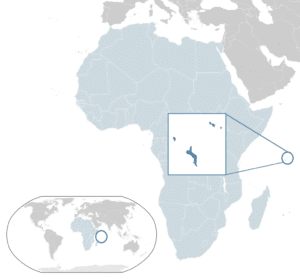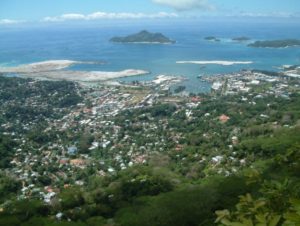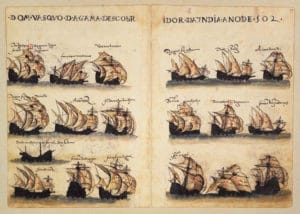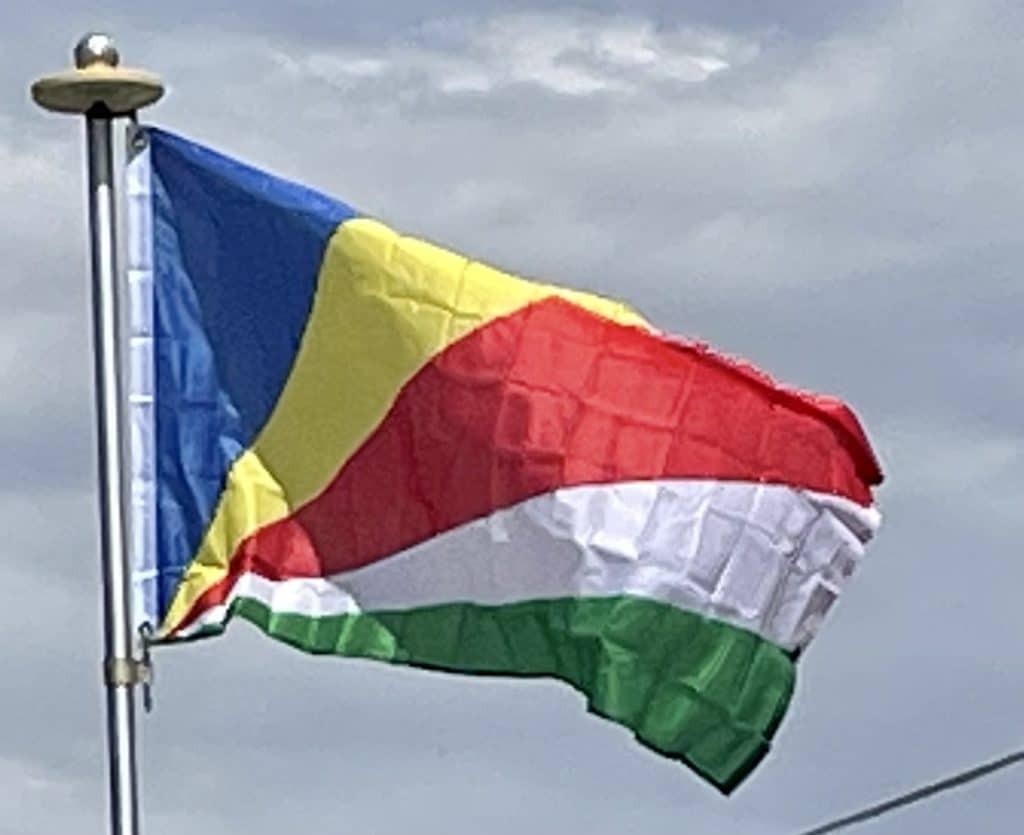Introduction:
Seychelles, officially the Republic of Seychelles, is an archipelagic island country in the Indian Ocean at the eastern edge of the Somali Sea. It consists of 115 islands. Its capital and largest city, Victoria, is 1,500 kilometres (932 mi) east of mainland Africa. Other nearby island countries and territories include the Comoros, Madagascar, Mauritius, and the French overseas regions of Mayotte and Réunion to the south; and Maldives and the Chagos Archipelago (administered by the United Kingdom as the British Indian Ocean Territory) to the east. Its estimated population of 98,462 is the smallest population of any sovereign African country.

Seychelles was uninhabited prior to being encountered by Europeans in the 16th century. It faced competing French and British interests until coming under full British control in the late 18th century. Since proclaiming independence from the United Kingdom in 1976, it has developed from a largely agricultural society to a market-based diversified economy, characterized by rapidly rising service, public sector, and tourism activities. From 1976 to 2015, nominal GDP grew nearly 700%, and purchasing power parity nearly 1600%. Since the late 2010s, the government has taken steps to encourage foreign investment.
Today, Seychelles boasts the highest nominal per capita GDP of any African nation. It has the second-highest Human Development Index of any African country after Mauritius. It is one of only two African countries classified as a high-income economy by the World Bank (the other being Mauritius).

Seychellois culture and society is an eclectic mix of French, British, and African influences, with more recent infusions of Chinese and Indian elements. The country is a member of the United Nations, the African Union, the Southern African Development Community, and the Commonwealth of Nations.
History:
Seychelles were uninhabited throughout most of recorded history. Some scholars assume that Austronesian seafarers and later Maldivian and Arab traders were the first to visit the uninhabited Seychelles. This assumption is based on the discovery of tombs, visible until 1910. The earliest recorded sighting by Europeans took place on 15 March 1503, recorded by Thomé Lopes aboard Rui Mendes de Brito, part of the 4th Portuguese India Armada commanded by the Portuguese Admiral Vasco da Gama. Da Gama’s ships passed close to an elevated island, probably Silhouette Island and the following day Desroches Island. The earliest recorded landing was in January 1609, by the crew of the Ascension under Captain Alexander Sharpeigh during the fourth voyage of the British East India Company.

A transit point for trade between Africa and Asia, the islands were said to be occasionally used by pirates until the French began to take control starting in 1756 when a Stone of Possession was laid on Mahé by Captain Nicholas Morphey. The islands were named after Jean Moreau de Séchelles, Louis XV‘s Minister of Finance.
The British frigate Orpheus commanded by Captain Henry Newcome arrived at Mahé on 16 May 1794, during the War of the First Coalition. Terms of capitulation were drawn up and the next day Seychelles was surrendered to Britain. Jean Baptiste Quéau de Quincy, the French administrator of Seychelles during the years of war with the United Kingdom, declined to resist when armed enemy warships arrived. Instead, he successfully negotiated the status of capitulation to Britain which gave the settlers a privileged position of neutrality.
